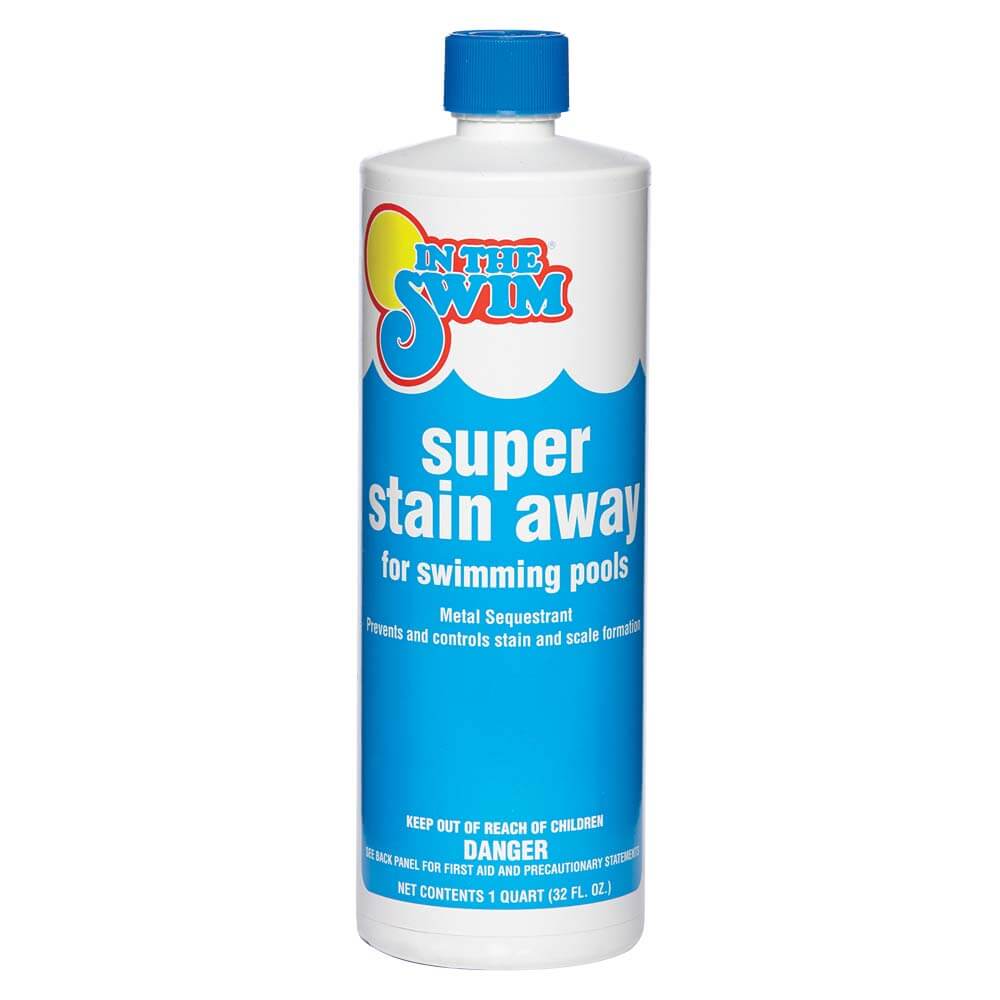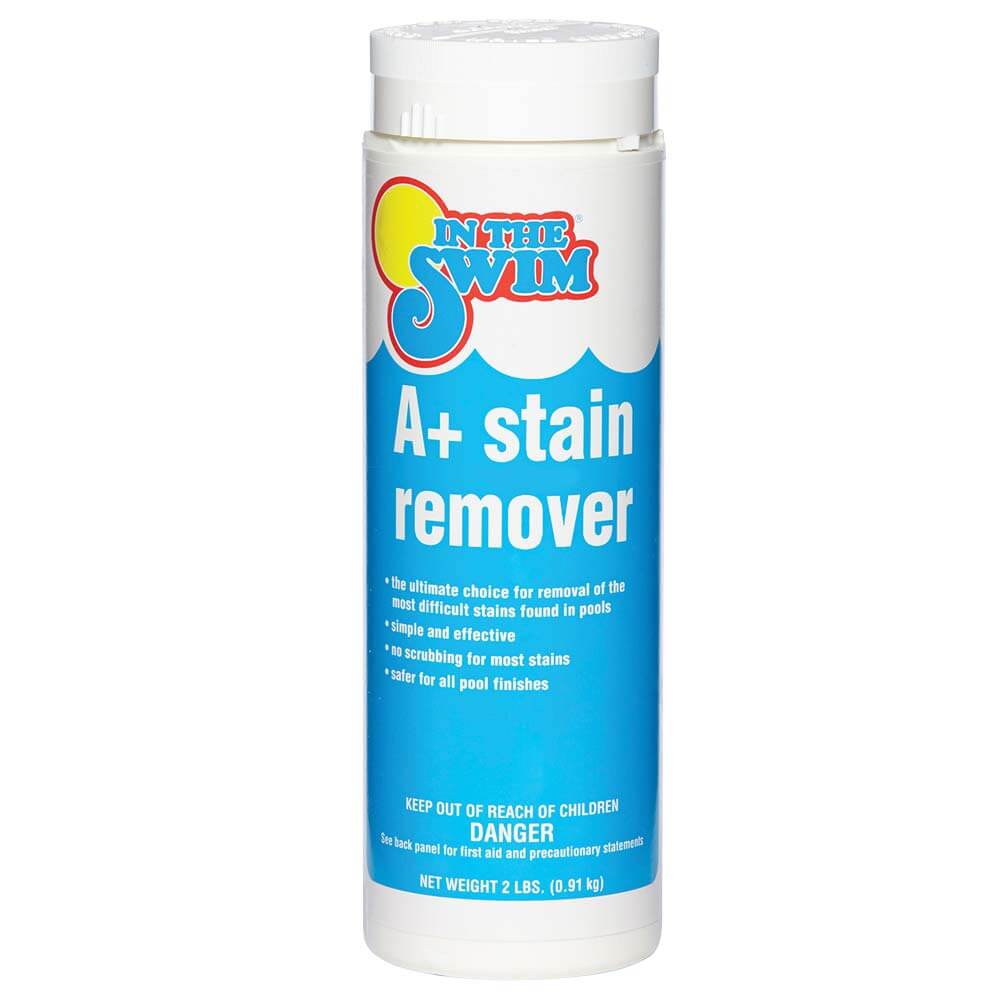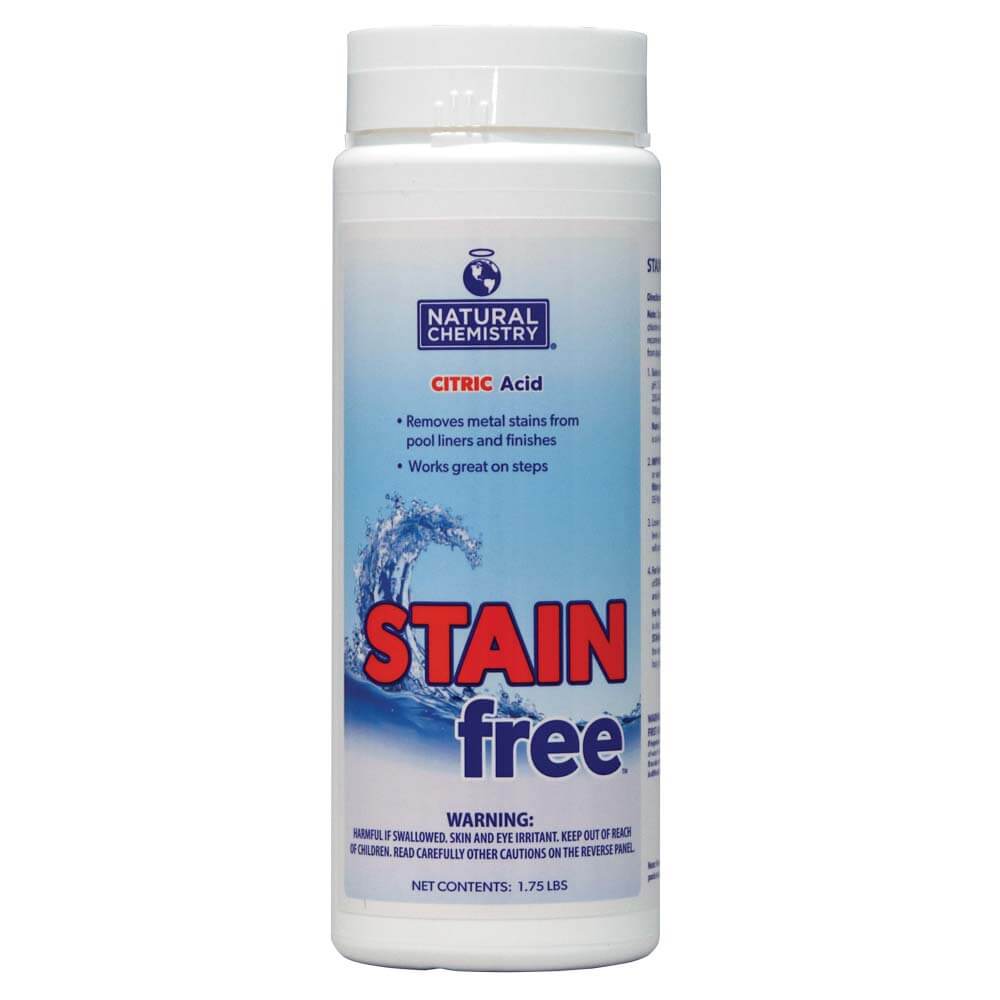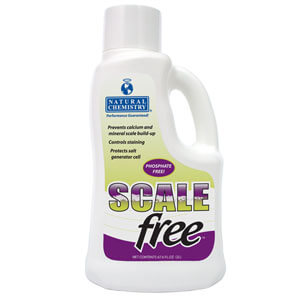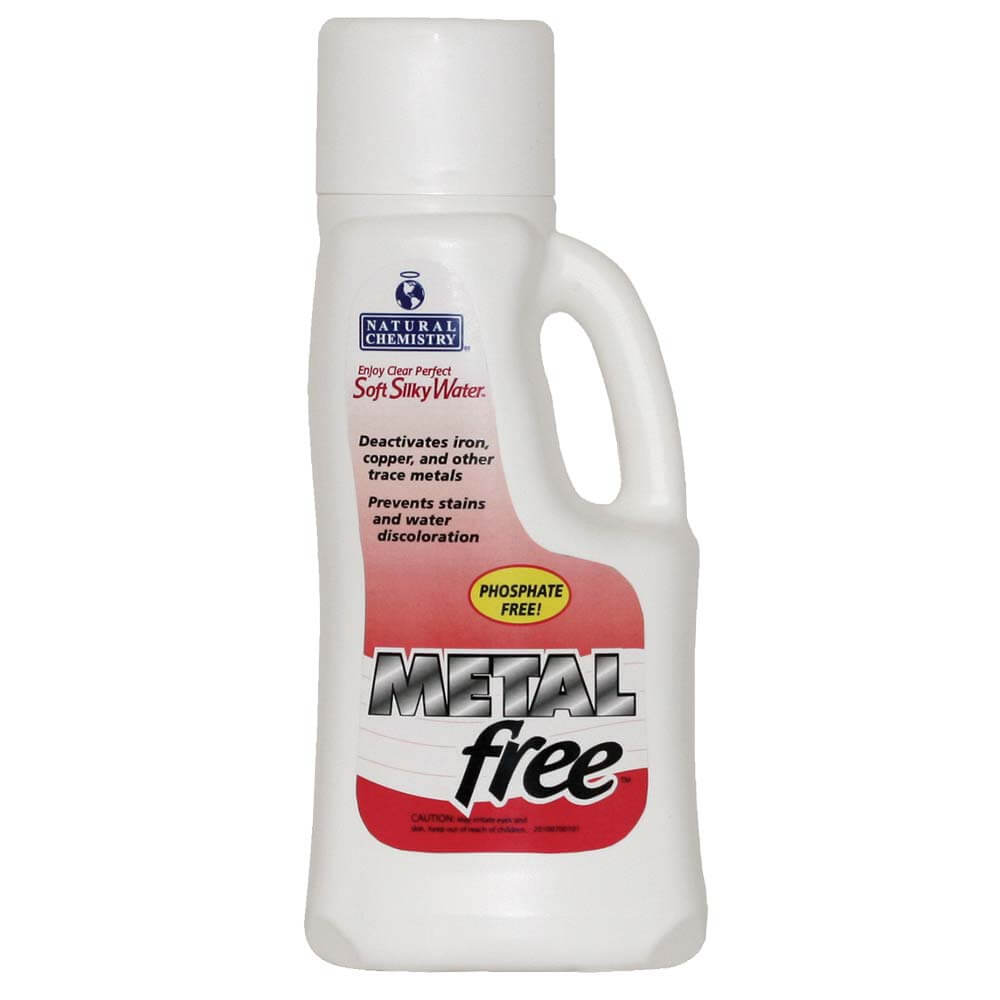Swimming pool ionizers are devices that introduce minerals like copper and silver into the water to fight algae and bacteria. They can be useful for the pool owner that wants to reduce reliance on chlorine, substituting a more natural method.
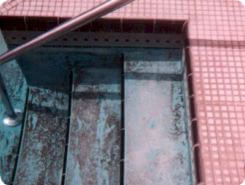
Minerals like copper and silver are bactericidal, fungicidal, algaecidal, germicidal and virucidal. Kills nearly everything!
But, pool ionizers have an ugly side – a green, blue or black staining that can occur if the product is mis-used, or as a result of poor water balance.
The Power Ionizer requires the use of a small amount of electrical power, to discharge the minerals from the anodes, or metallic plates contained inside.
Opposite these power ionizers are passive ionizers, such as Nature2 and the Frog systems, which also use copper and silver in trace amounts, released through erosion.
The Problem with Pool Ionizers
Is that they can stain pool plaster, if mineral levels are allowed to rise too high. Copper will produce a blue-green stain on plaster and also on plastic and chrome equipment used in the pool. Silver will produce a black stain if the pool is overdosed. Green Swimmer Hair? This is a result of high copper levels in the pool, and is not caused by chlorine; a common urban myth.
The problem can also occur if the water balance is allowed to deteriorate. High pH, Alkalinity and Calcium Hardness levels creates an environment that makes it easy for minerals to precipitate out-of-solution.
Finally, shocking the pool heavily, especially with granular pool shock, is known to knock the minerals out of solution, resulting in immediate staining of pool surfaces. Shocking with liquid chlorine (bleach) is recommended for pools using a power ionizer.
Passive ionizers, such as Nature2 have a no-stain guarantee, and this writer has never seen a passive ionizer stain a swimming pool – only those that operate with a power source.
Other Pool Stain Problems
Pool mineral stains can also come from other sources – even if you are using a power ionizer.
- Overuse of copper algaecide in the pool.
- Old copper plumbing pipes on older swimming pools.
- Corrosive water chemistry which strips a copper heat exchanger.
- Well water – not filtered or treated for minerals, can have high levels of copper, iron, manganese.
The Solution to Pool Ionizer Staining
If you use a Power Ionizer (and there is no reason not to), follow the manufacturer’s recommendations for use. Ionizers won’t stain a swimming pool when used properly. Here’s some other tips to use a power ionizer successfully.
- Shock the pool only with liquid chlorine, and only when necessary.
- Use a sequestering agent in the pool, to help keep minerals in solution.
- Test your water with copper test strips, to maintain manufacturer recommended levels.
- Maintain proper water balance – pH, Alkalinity and Hardness.
Reducing Levels of Minerals in the Pool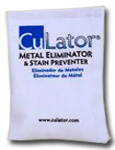
When levels of copper, silver or iron reach high enough levels, they can easily come out of solution, and find a nice clean surface to call home. To reduce levels of minerals in your pool, you can lower by dilution – which means to drain a portion of the water and refill with water with a lower mineral content. But, if well water is the problem, you can try a new product called CuLator to remove high levels of all types of minerals.
Pool Stain Removal
Mineral pool stains can be removed by a variety of methods
- Acid Washing the pool surface (plaster pools only)
- Treatment with Jack’s Magic pool stain removal products
- Treating with Ascorbic Acid or Oxalic Acid
Or, leave it alone. I know of some pool owners that actually kind of like the blue-green color, or at least they are not bothered by it. There is no health issue or structural problems from pool staining, it’s just natural minerals in the pool water – showing it’s ugly side.


